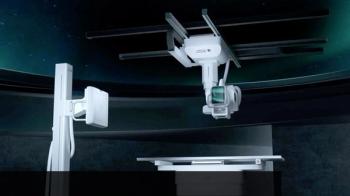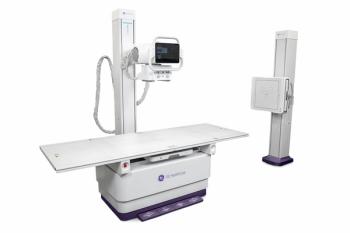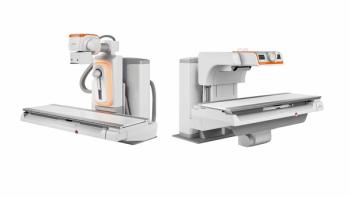
Swissray delisted from NASDAQ as digital x-ray competition heats up
Company failed to file 10-K by deadlineDigital x-ray developer Swissray International of New York City was dealt a blow last month by the NASDAQ Stock Exchange, which delisted Swissray’s stock effective Oct. 26. The delisting undermines
Company failed to file 10-K by deadline
Digital x-ray developer Swissray International of New York City was dealt a blow last month by the NASDAQ Stock Exchange, which delisted Swissrays stock effective Oct. 26. The delisting undermines Swissrays image of financial stability, just as the company is facing increased competition in the digital x-ray segment.
NASDAQs decision came only weeks after Swissray effected a reverse stock split in an effort to bolster the price of its shares above the minimum required trading price of $1.
In addition to Swissrays failure to meet its adequate bid price, NASDAQ also cited the companys failure to file its 10-K report by an extension deadline as the reason for the delisting.
Swissray contends that in fact its stock was trading above $1 for 17 consecutive trading days before NASDAQs decision, and that the main issue in the delisting is the companys failure to file its 10-K. Swissray executives say that the reason for the 10-K delay is that this is the first time newly hired accounting firm PricewaterhouseCoopers has audited Swissrays records, and the firm is not only auditing this years numbers but all previous years as well. Swissray expected to file its report within a few days of the delisting announcement and to be back on the exchange shortly. In the meantime, Swissray has taken the necessary steps to request a review of the decision, according to Ueli Laupper, vice president of international sales and marketing.
The delisting bodes ill for Swissray, as many potential customers for the companys AddOn-Multi-System digital x-ray unit may be leery of buying expensive capital equipment from a firm that has had its stock delisted. The news is particularly challenging in light of new digital x-ray systems coming to market from major OEM competitors, such as GE Medical Systems.
GE announced on Oct. 27 that the Food and Drug Administration has cleared a digital chest x-ray system based on its amorphous silicon flat-panel detectors (see story, page 1). In addition to GEMS, Sterling Diagnostic Imaging began shipping its DirectRay system in October. Swissray also faces competition from Trex Medical, Konica, and Oldelft, as well as companies that produce storage-phosphor based digital systems.
Swissray continues its effort to establish a distribution network for AddOn-Multi-System, highlighting its Oct. 20 agreement with X-Ray Inc., a one-year deal that names XRI as distributor to Connecticut, Rhode Island, Vermont, New Hampshire, Massachusetts, and Maine (SCAN 10/28/98).
Although GEs digital chest unit offers Swissray direct competition, Laupper believes GE will focus its efforts on full-field mammography systems that the Milwaukee imaging giant is developing.
(The GE clearance) is good because GE is mainly going into the mammography market. GE will drive the digital mammography market, and Swissray will drive the general digital radiography market, Laupper said.
Newsletter
Stay at the forefront of radiology with the Diagnostic Imaging newsletter, delivering the latest news, clinical insights, and imaging advancements for today’s radiologists.




























